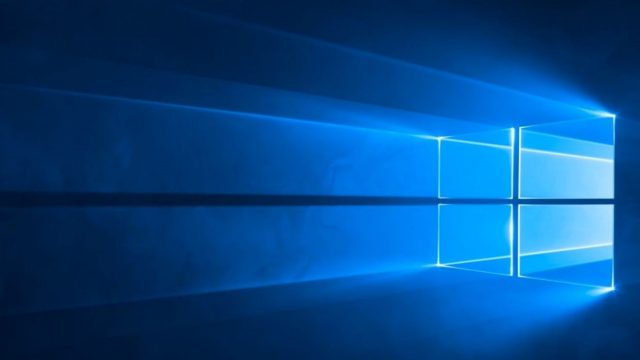
Microsoft has invested heavily in AI and machine learning, but you wouldn’t know it from how little attention it gets compared with Google. Microsoft is using its machine learning technology to address something all long-term Windows users have experienced: faulty updates. Microsoft says that AI can help identify systems that will play nicely with updates, allowing the company to roll new versions out more quickly with fewer crashes.
It seems like we can’t get a single Windows update without hearing some stories of how it completely broke one type of system or another. You have to feel for Microsoft a little — the Windows ecosystem is maddeningly complex with uncountable hardware variants. Microsoft started using AI to evaluate computers with Windows 10, version 1803 (the April 2018 Update). It measured six PC health stats, assessed update outcomes, and loaded all the data into a machine learning algorithm. This tells Microsoft which computers are least likely to encounter problems with future updates.
By starting with the computers with the “best” update compatibility, Microsoft can push new features to most users in short order. With most OS rollouts, things move very slowly at first while companies remain vigilant for problems. PCs determined to have likely issues by the AI will get pushed down the update queue while Microsoft zeros in on the bugs.
The ML models seem effective, even if Microsoft didn’t bother to label the Y-axis.
The first AI-powered deployment was a success, with adoption rates higher than all previous Windows 10 updates. Microsoft expanded its original six PC metrics to a whopping 35 as of the Windows 1903 rollout (May 2019). The company claims this makes update targeting even more accurate. This does not guarantee perfect updates, though. Microsoft’s blog post glosses over 1809 update from late 2018. That rollout used AI technology, but you might recall the widespread file deletion bug that caused Microsoft to pause the release. AI might help determine compatibility, but it can’t account for unknown bugs like that.
Still, Microsoft is happy with the results from its machine learning deployments. According to the new blog post, systems chosen for updates by the algorithm have fewer than half as many system uninstalls, half as many kernel-mode crashes, and one-fifth as many post-update driver conflicts. Hopefully, you can look forward to fewer Windows update issues going forward, and you’ll have AI to thank.


